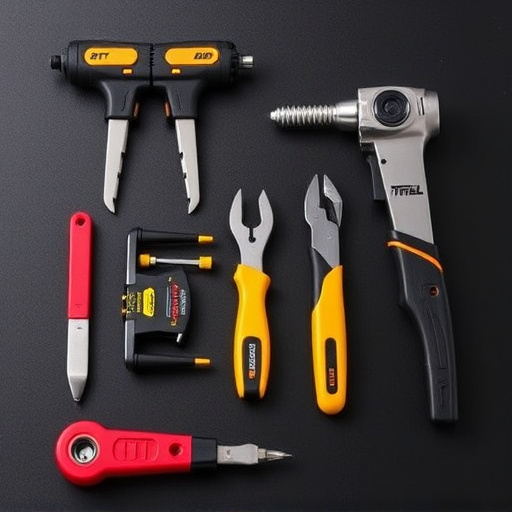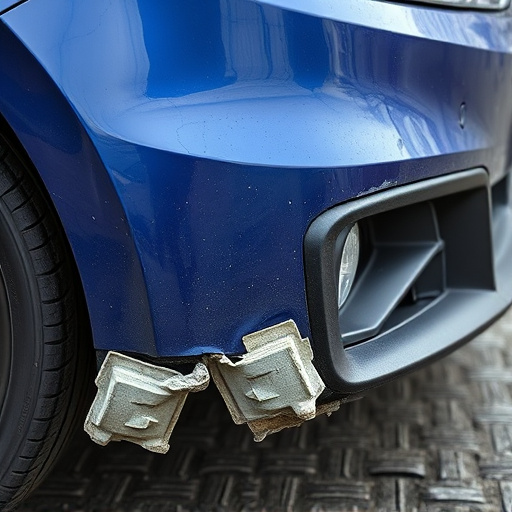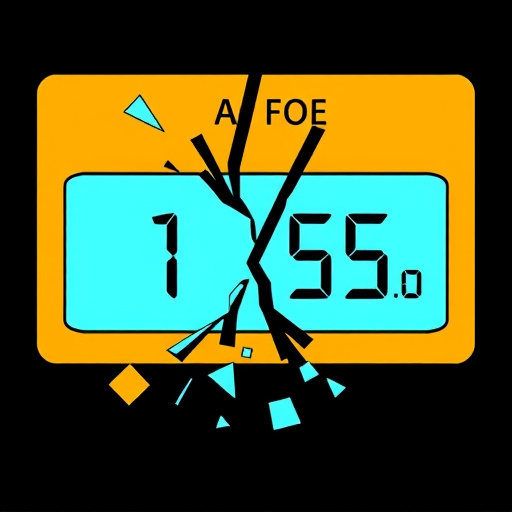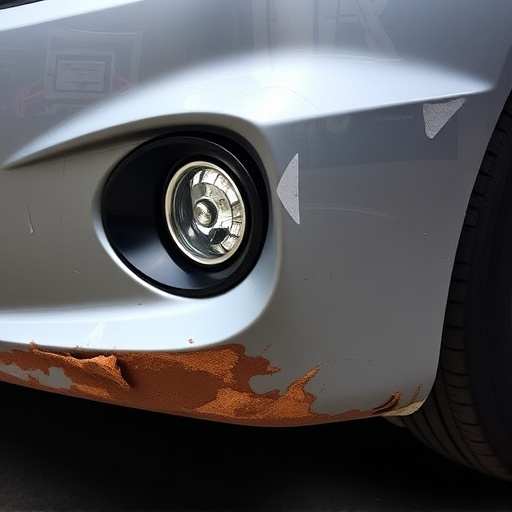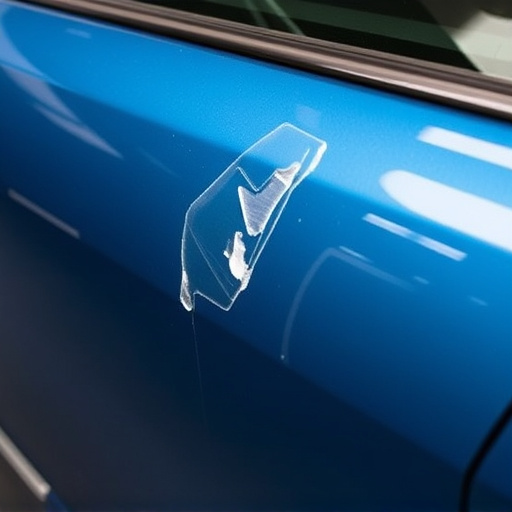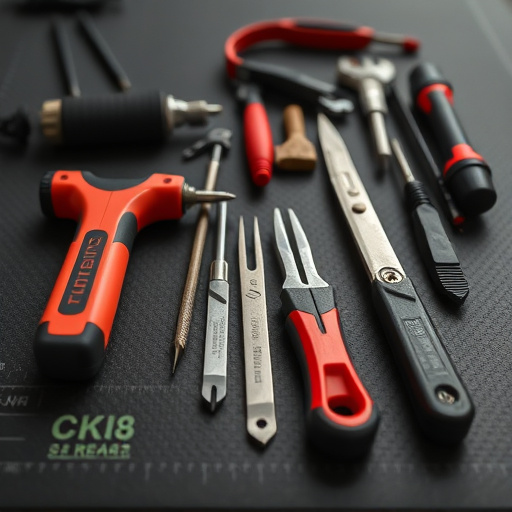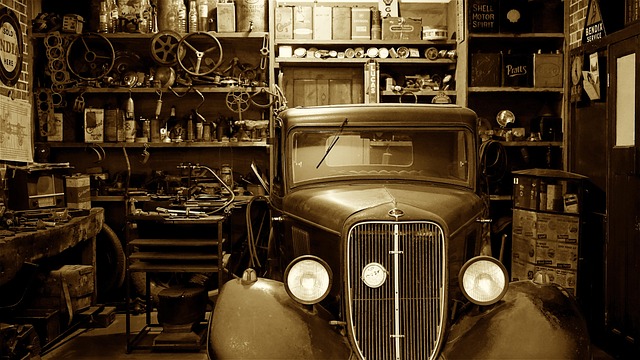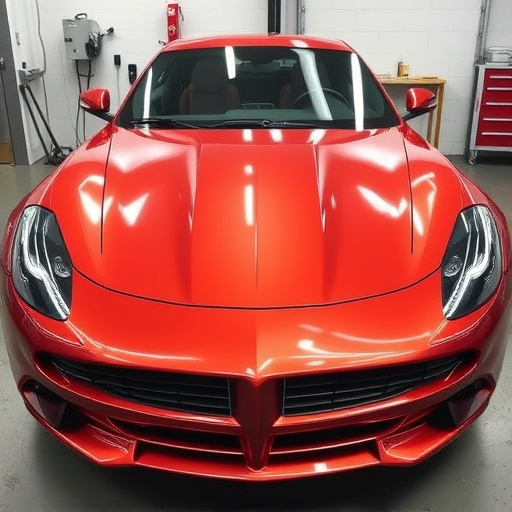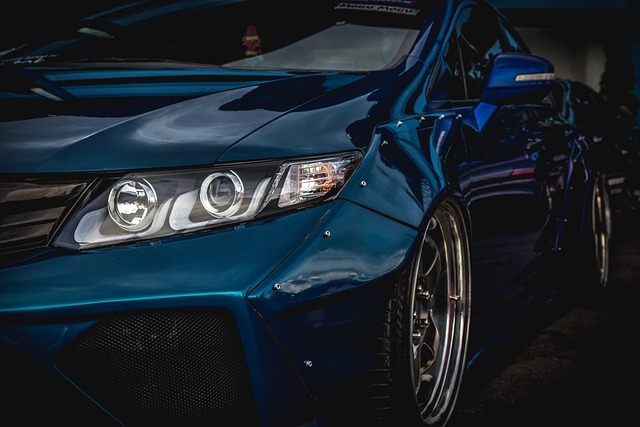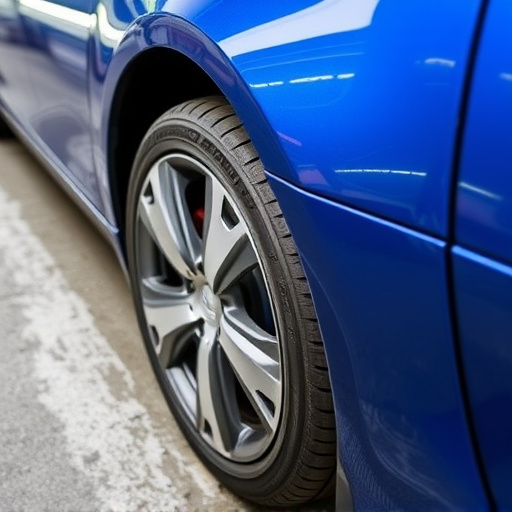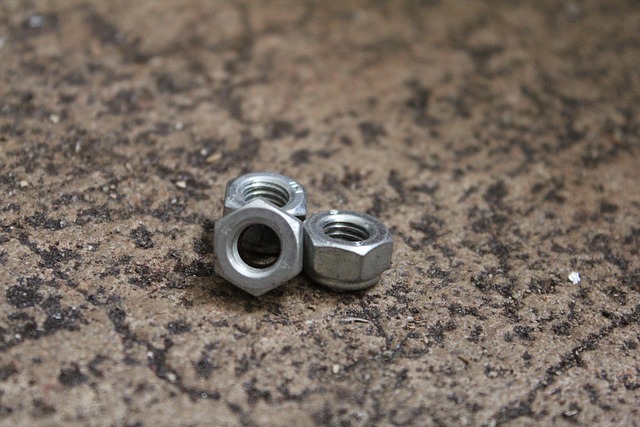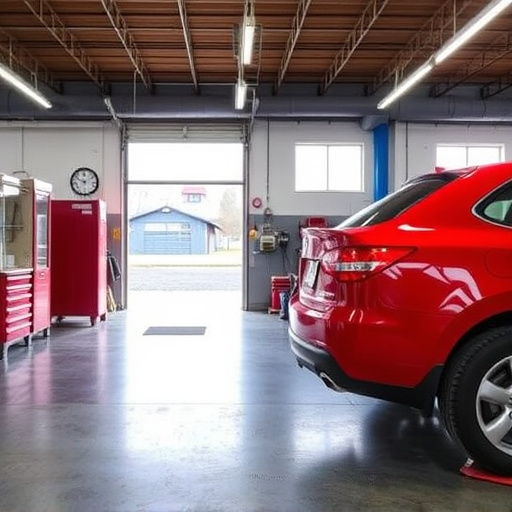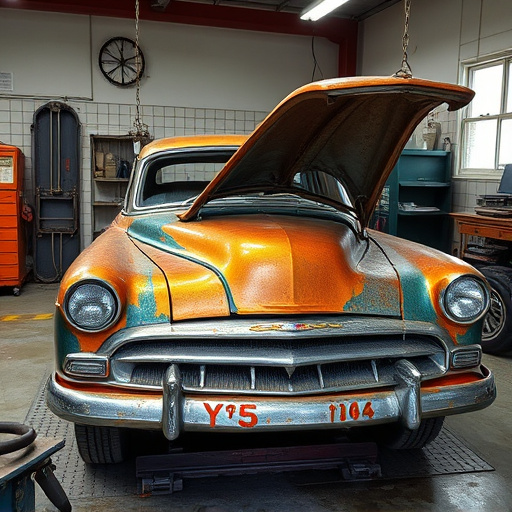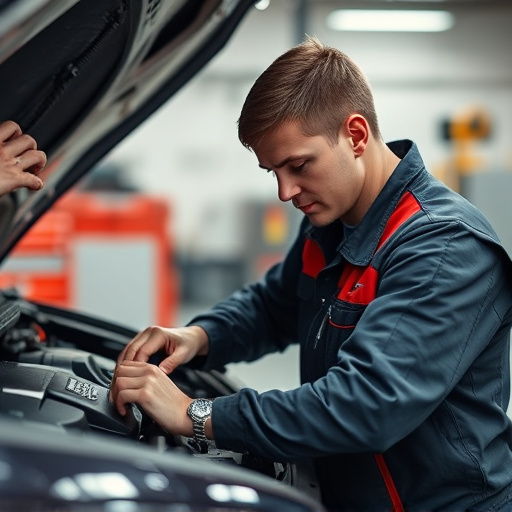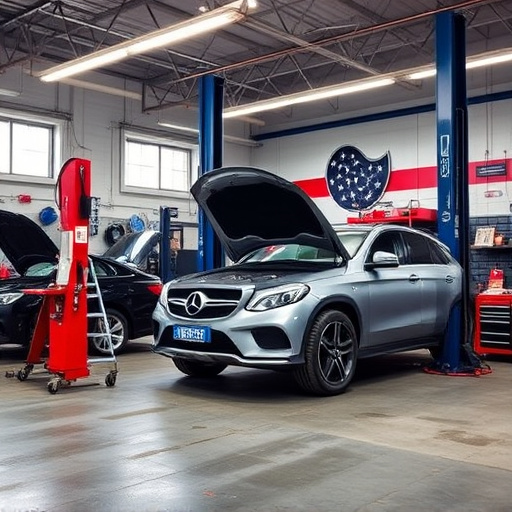Comprehensive repair video documentation is a game-changer in today's digital era, transforming how repairs are conducted. Detailed visual records not only aid efficient troubleshooting and maintenance but also serve as invaluable resources for future reference, enhancing technical communication among professionals. This meticulous process involves filming every step from initial assessment to final restoration, ensuring transparency and providing clear references for future work or claims. The right equipment, including high-quality cameras, lighting, and microphones, is crucial for capturing clear, detailed images and audio of damage and repairs, fostering trust and facilitating dispute resolution.
In today’s digital era, thorough repair video documentation is crucial for effective knowledge transfer, quality assurance, and customer satisfaction. Capturing high-quality footage involves meticulous preparation, precise execution, and strategic post-production editing. This comprehensive guide delves into the essential steps, from understanding the scope of documentation to organizing finished videos with a logical naming convention. By following these practices, technicians can ensure their repair processes are accurately represented for future reference and training purposes.
- Preparing for Video Documentation
- – Understanding the purpose and scope of repair documentation
- – Assessing necessary equipment (camera, lighting, microphone)
Preparing for Video Documentation
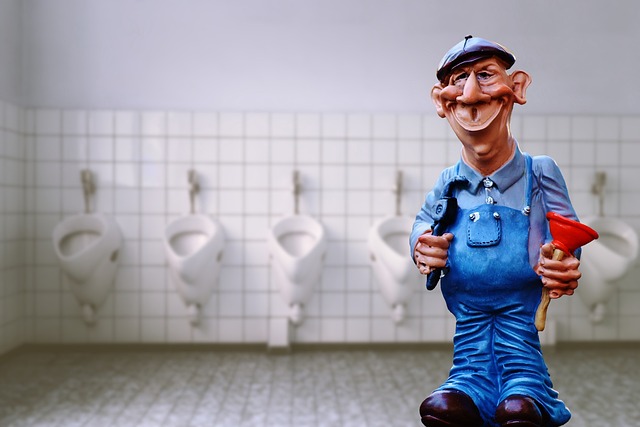
– Understanding the purpose and scope of repair documentation

Repair video documentation is a meticulous process designed to capture the entire scope of a vehicle’s repair journey, from initial assessment to final restoration. Its primary purpose is to serve as a detailed record for both the repair shop and the client, ensuring transparency and providing a visual reference for future maintenance or claims. This documentation goes beyond simple before-and-after snapshots; it involves meticulously filming each step of the repair process, including disassembly, inspection, and reinstallation.
For instance, in cases like fender repair or paintless dent repair, where precision is key, these videos offer a clear view of the techniques employed and the level of craftsmanship. They can be invaluable for tracking progress, identifying potential issues early on, and ensuring that car damage repairs meet industry standards. Ultimately, comprehensive video documentation enhances trust between stakeholders, facilitates easier dispute resolution, and provides a lasting record of the repair work accomplished.
– Assessing necessary equipment (camera, lighting, microphone)
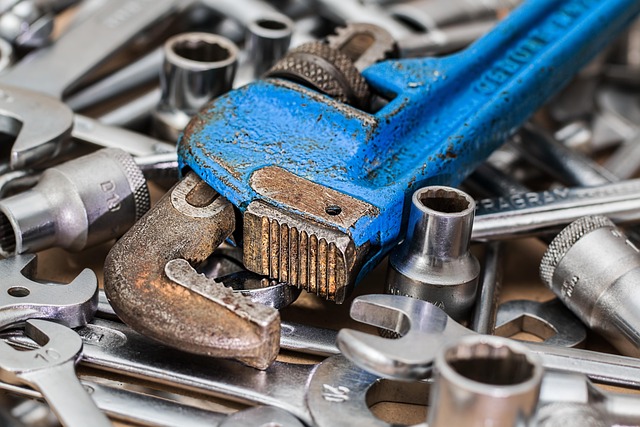
Before capturing any footage for repair video documentation, it’s crucial to assess and gather the right equipment. A high-quality camera with a good zoom lens is essential to capture clear, detailed images of both the damaged area and the repair process itself. Adequate lighting is also critical; natural light is ideal, but if filming indoors, ensure you have bright, consistent illumination to minimize shadows. Additionally, consider using a microphone to record clear audio, which will enhance the overall quality of your documentation. For auto dent repair or car body restoration videos, this can be particularly important as it allows viewers to understand the intricacies and precision involved in the process.
The right equipment allows for effective communication of the repair work’s scope, quality, and results. Whether it’s a bumper repair or intricate car body restoration, having the proper tools ensures your video documentation accurately represents the skill and care invested in the repair process, making it a valuable asset for both internal record-keeping and external customer satisfaction and transparency.
Capturing comprehensive repair video documentation requires careful preparation and a strategic approach. By understanding the purpose and scope of the documentation, you can ensure every aspect of the repair process is captured accurately. Assessing and utilizing suitable equipment, including high-quality cameras, lighting, and microphones, plays a vital role in creating clear and informative footage. Embracing these steps will enable efficient and effective video documentation, serving as an invaluable resource for future reference and training.
